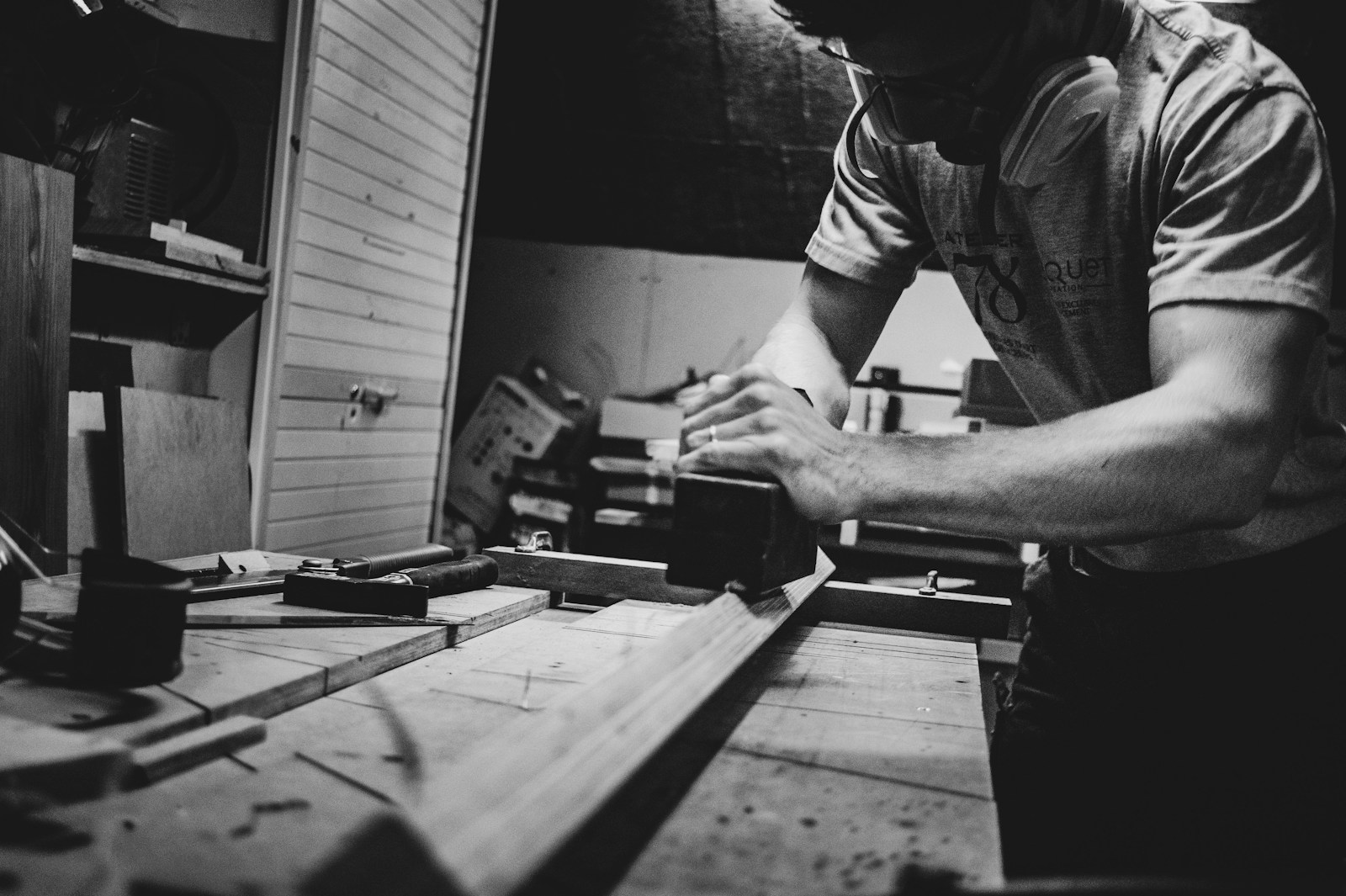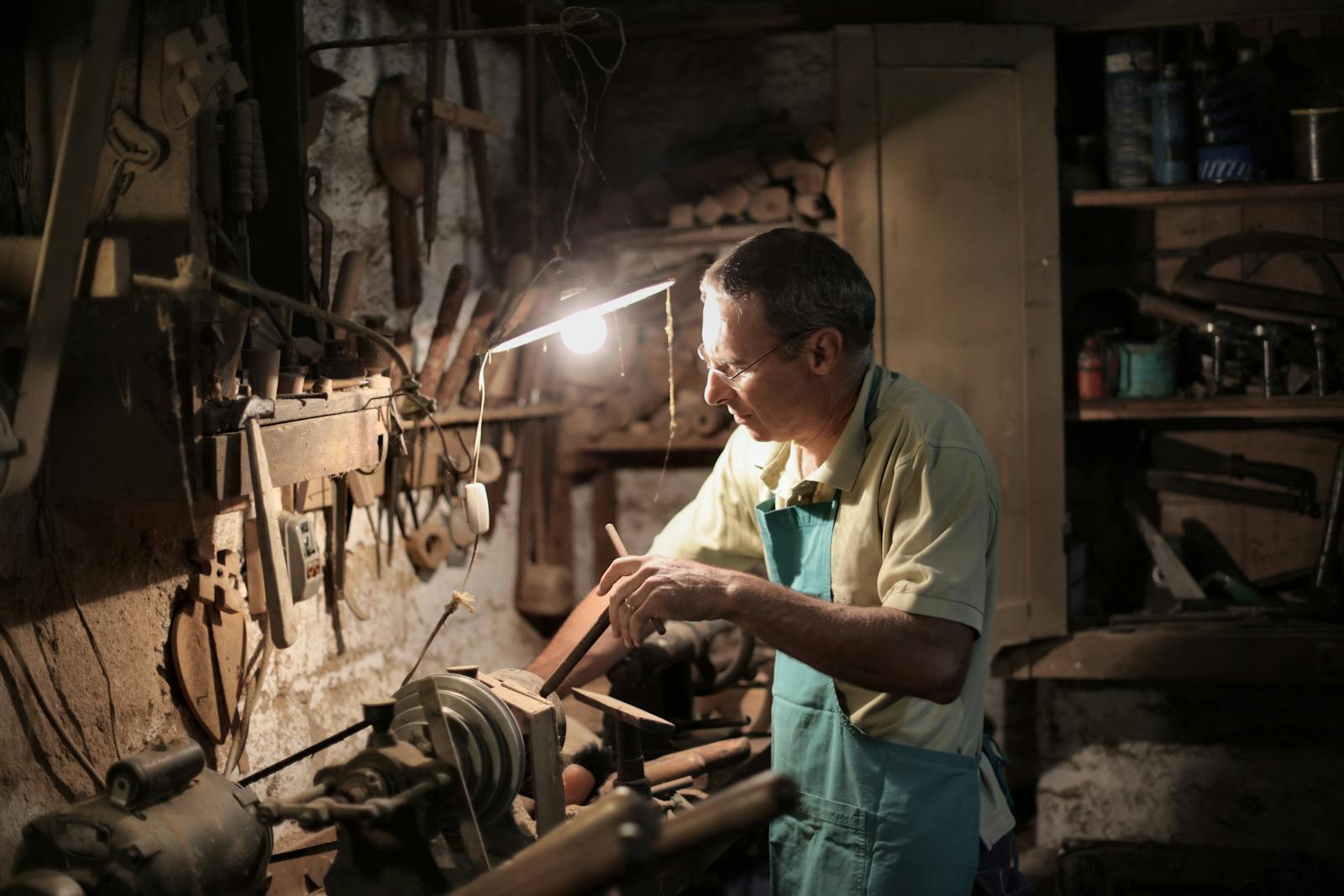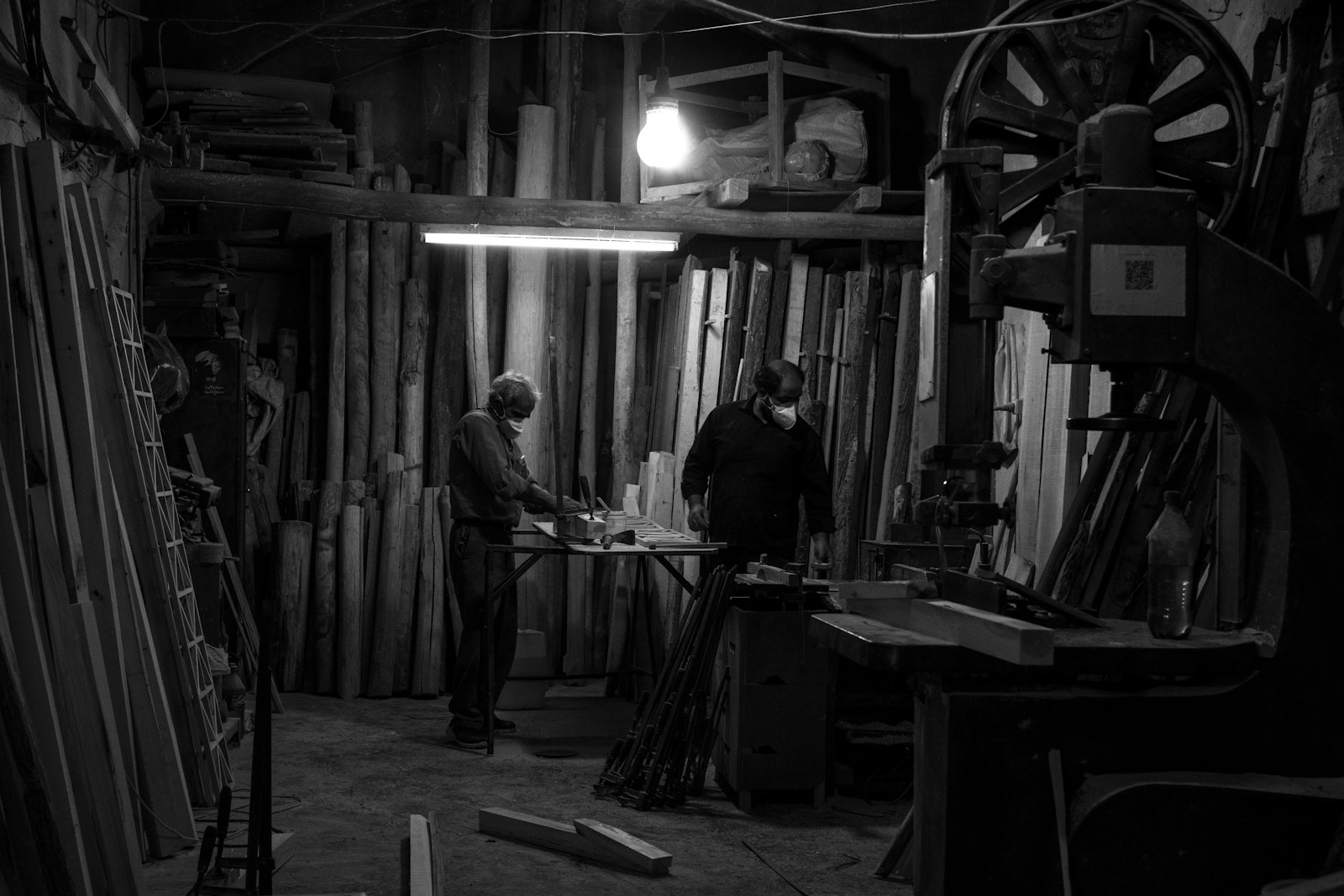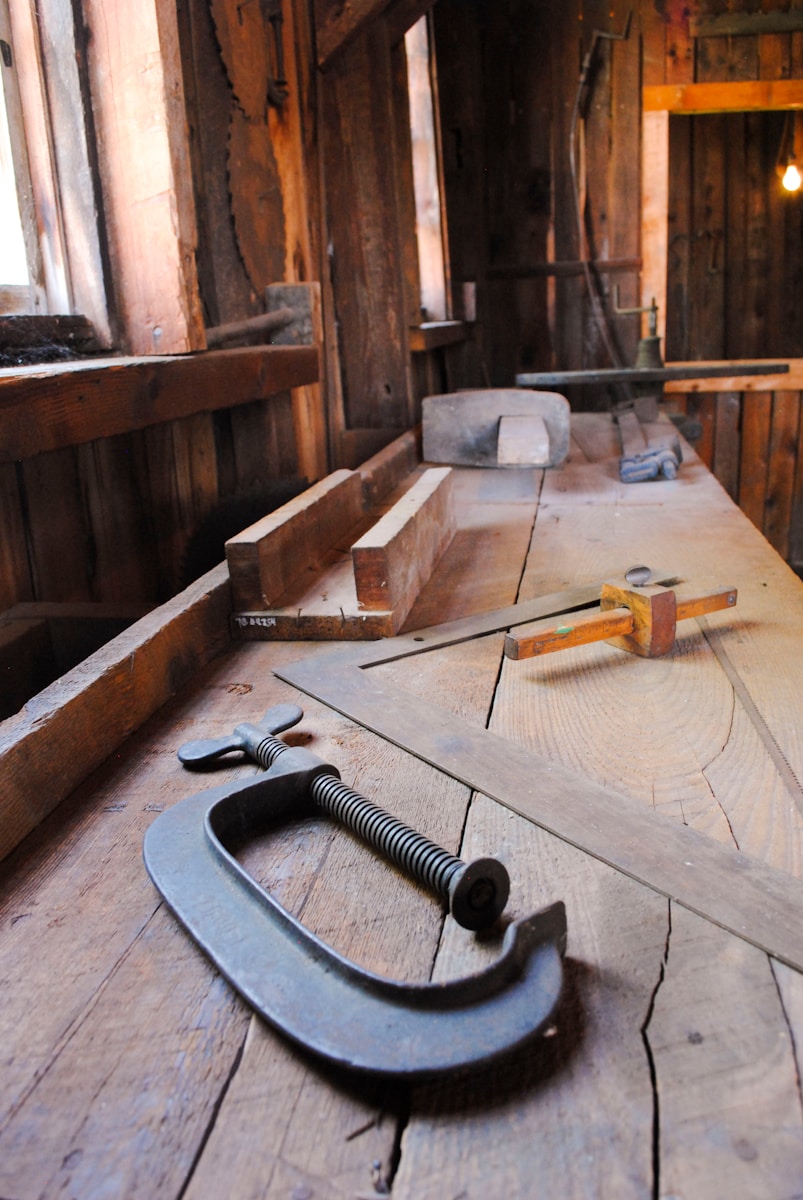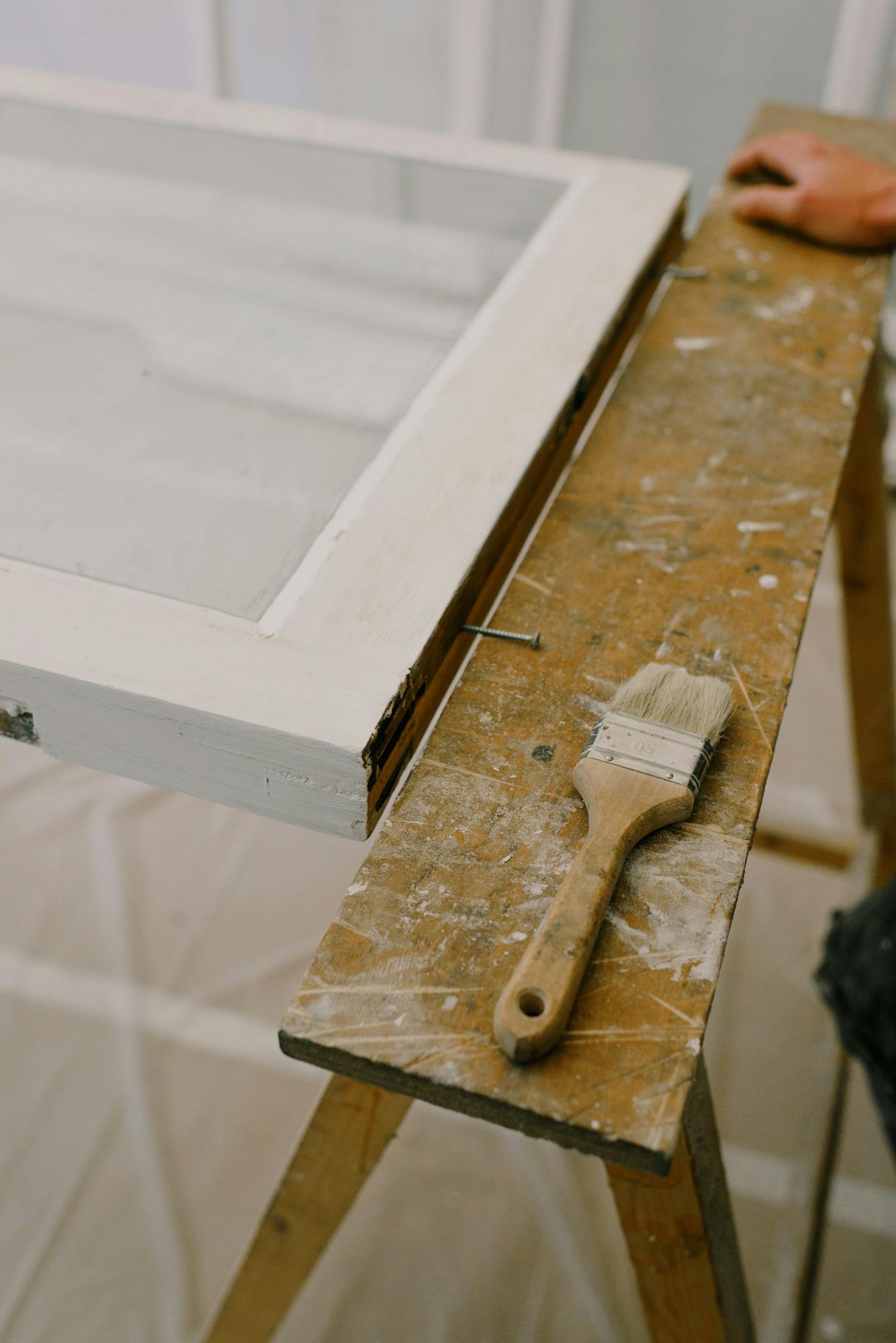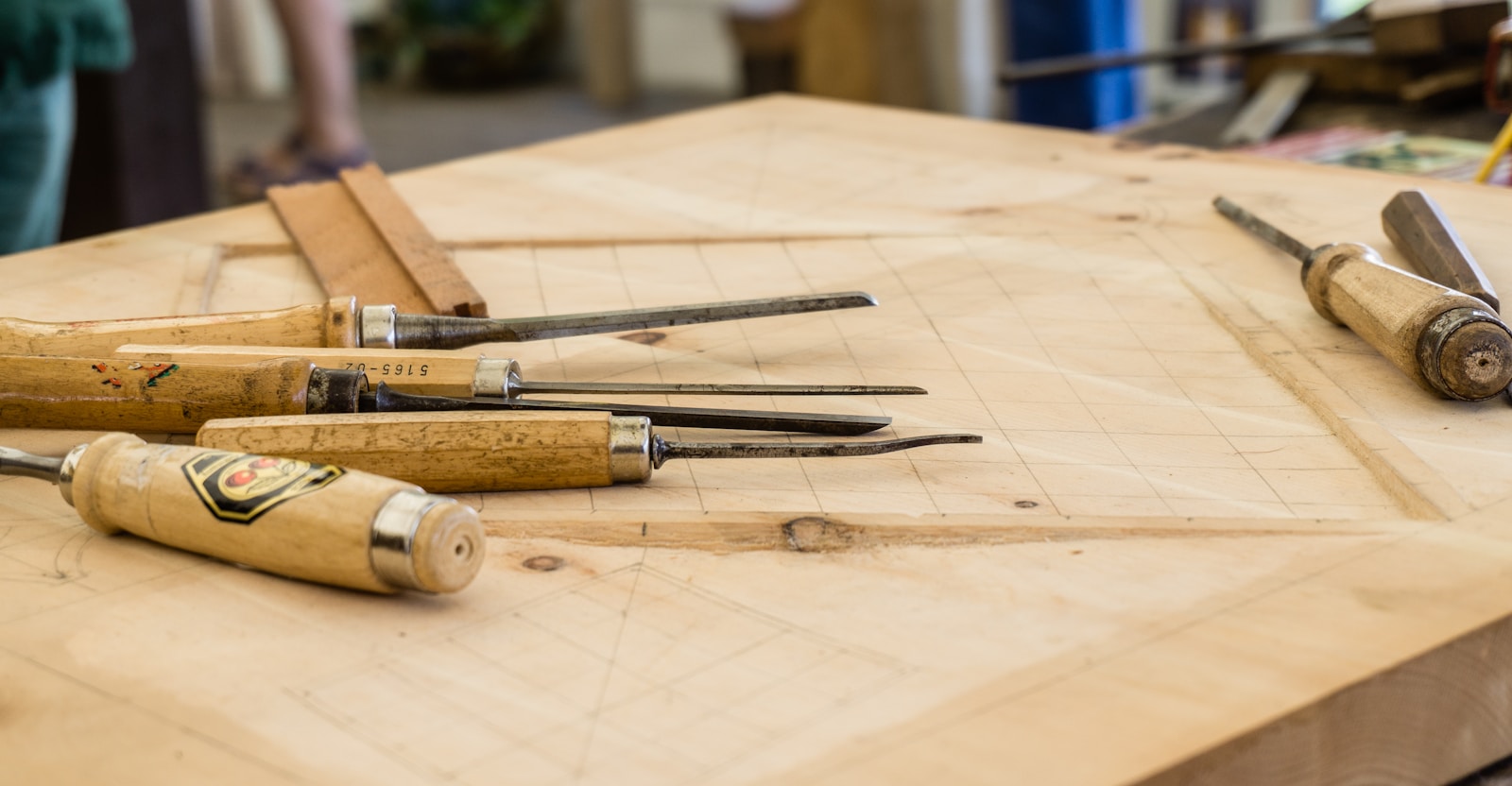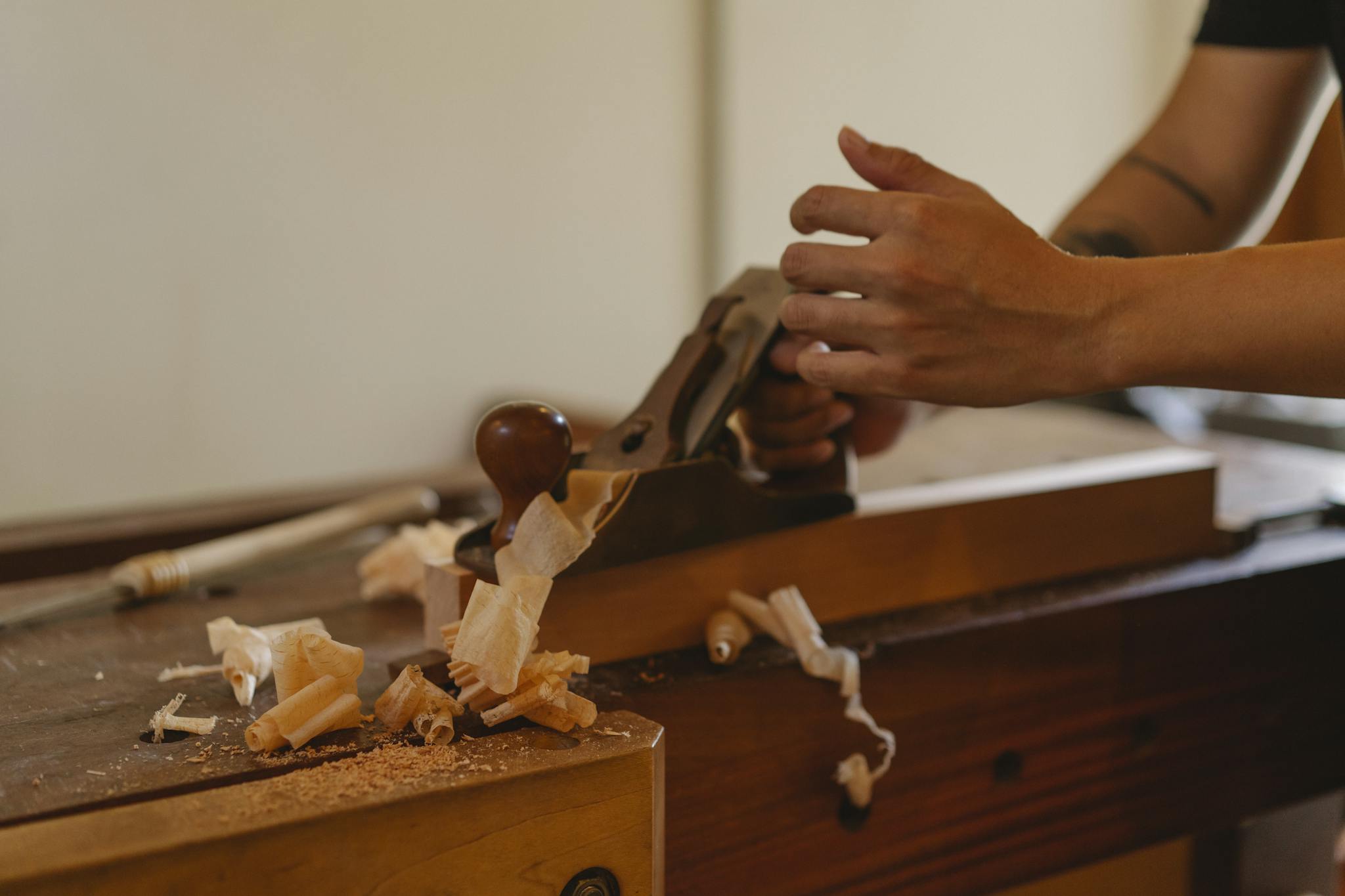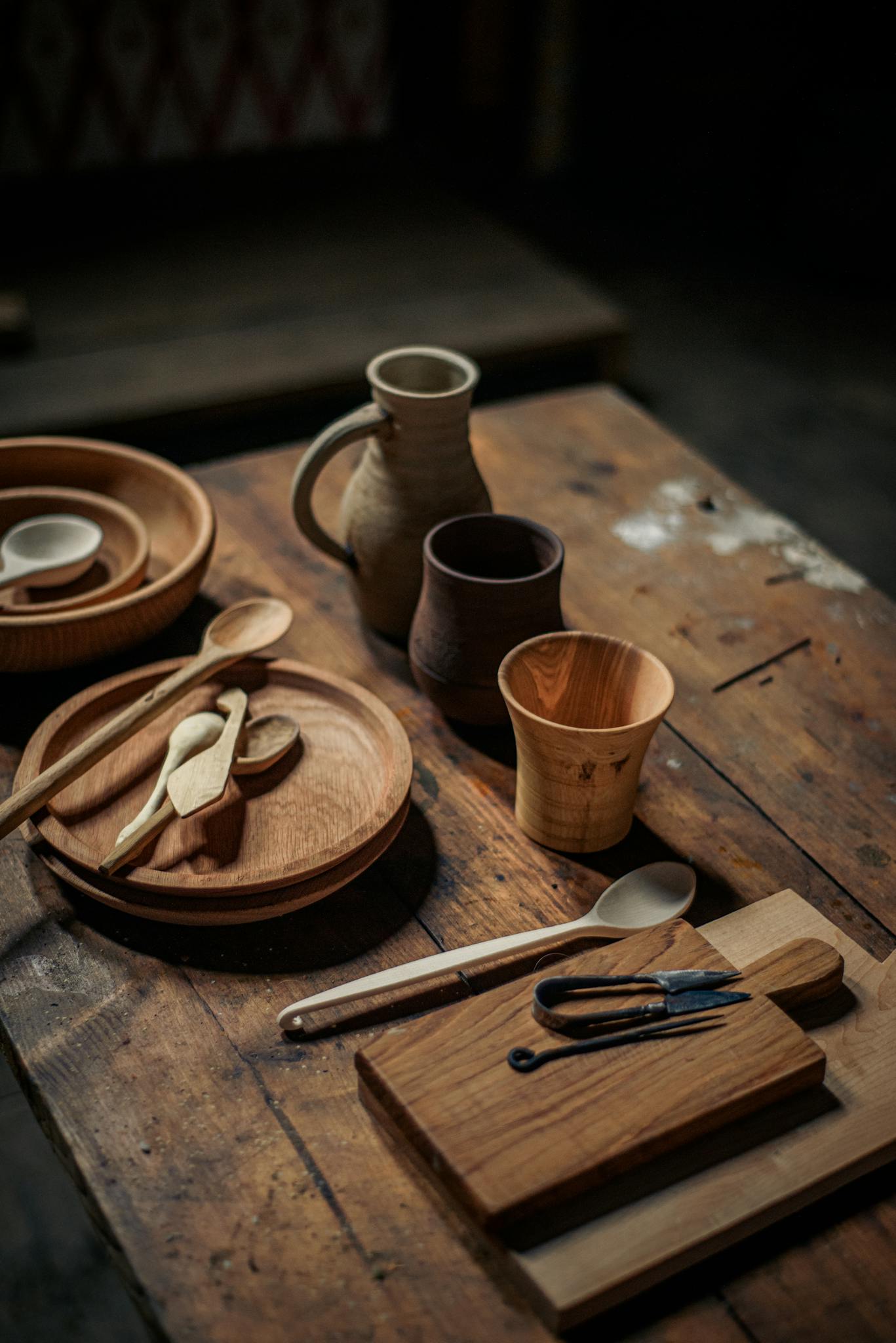Essential Woodworking Steps for Beginners: A Complete Getting Started Guide
Essential Woodworking Steps for Beginners Kickstart your woodworking journey with these simple and effective steps every beginner should follow. 1. Gather the Basic Tools Every woodworker needs the right tools to begin. Start with a hammer, screwdriver set, hand saw, measuring tape, clamps, and sandpaper. As you progress, consider adding power tools like a drill, jigsaw, or circular saw. 2. Choose the Right Wood Select the wood according to your project. Popular choices include teak, pine, plywood, and sheesham. Pay attention to the wood’s moisture level, grain, and durability. 3. Plan and Measure Accurately Before cutting any wood, create a design or sketch of your project. Proper measurement and planning save time, effort, and materials. 4. Learn Cutting and Shaping Use tools like hand saws or jigsaws to cut wood to the desired shape. Always work with precision and keep your hands safe. 5. Understand Joinery Techniques Wood joinery is the heart of woodworking. Beginners can start with simple joints using screws, dowels, or brackets. As you grow, try advanced joints like mortise & tenon or dovetail. 6. Sand and Finish Your Work After assembling, sand the surfaces for a smooth finish. Apply varnish, polish, or paint depending on your desired look and durability. 7. Prioritize Safety Always wear protective gear like gloves, goggles, and a dust mask. Learn the correct use of tools to avoid accidents. Conclusion Woodworking is a rewarding skill that improves with practice. These steps will help you build confidence and start creating quality wood projects safely and efficiently. Explore more beginner guides and project ideas at TheCarpentery.com.
Essential Woodworking Steps for Beginners: A Complete Getting Started Guide Read Post »

